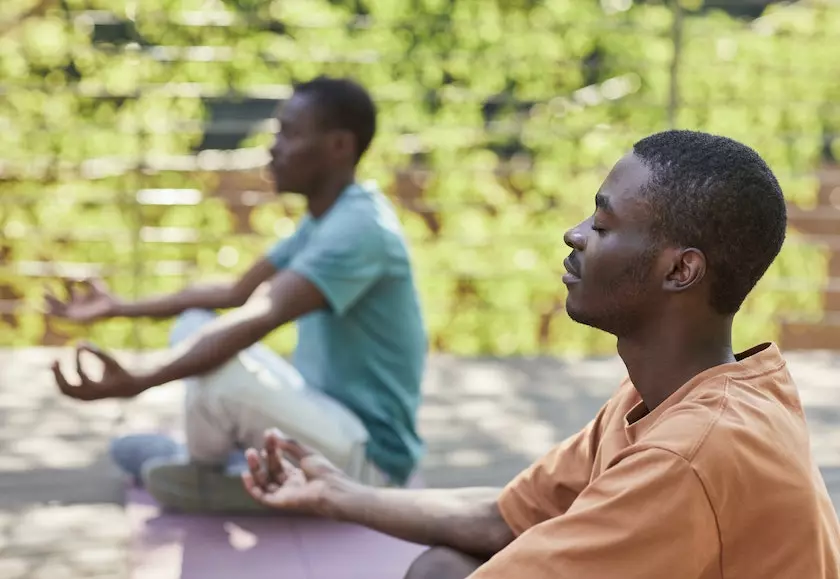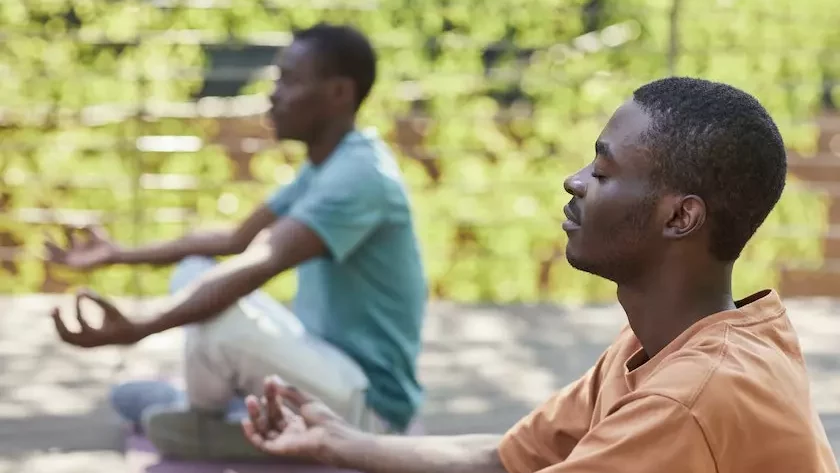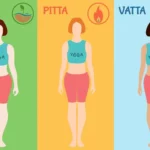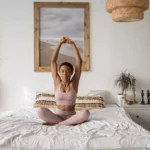Meditation
Contents
Meditation is my and millions of people’s first priority to soothe mental woes, commonly known as “Dhyan” which good for mental health.
In today’s time, this is very difficult to calm our minds due to stress, which is common for job people, or many people in the world.
Meditation is not just for monks, it’s for everyone, who wanna change, wants to get out of illness, or try something new in their life.
It is a posture in which you keep your mind and soul calm or set the boundaries of the countless thoughts going on in your mind.
Everyone’s article on meditation is different, whether, is Wikipedia, WHO, or any other site. that’s why I told what I felt by doing meditation, I have written.
Mediation is a mental exercise that supports our mind like:
- Decrease anxiety, and stress
- increase blood flow
- calm your anger
- many more things that are very vital when we face our life’s difficult situations.
In modern time meditation, and yoga, are the best way to improve your overall health whether it is our mental and physical health.
Dhyaan is not that difficult, doing this leads to managing and calming down your stress, by bringing positive vibes, increasing your mind, reducing stress, etc.

What Is Vipassana Meditation?
Vipassana is a gentle technique, but it is also very intense, moreover after every 8 seconds in our mind, new thoughts have come.
It is an ancient technique to control your mind, which become you more experienced, calm, listening carefully, watching carefully, and examining exercise.
It is a gradual process of ever-increasing awareness of the inner workings of reality itself.
It takes years to full control, but one day the meditator chisels through that wall and tumbles into the presence of light.
Vipassana is the next level of meditation, In this you just have to focus on your breathing, which is difficult compared to normal meditation.
History (old is gold)
The history of Dhyaan is thousands of years old, not today.
Even in Hindu texts Lord Shiva is shown most of the time in the posture of meditation, then you can get an idea of how old meditation is.
One of the earliest references to meditation is found in the Hindu Vedas of India.
Around the 6th to 5th centuries BCE, other forms of mediation developed via Confucianism (an ancient Chinese belief system) and Taoism in China as well as Hinduism, Jainism, and early Buddhism in India.
Dhyaan has spread in the West since the late 19th century.
Moreover, those who took mediation from India to America in 1920, considered him the father of mediation.
But the real father of mediation is – Paramahansa Yogananda.
- In 1950 Maharishi Mahesh Yogi promoted transcendental meditation.
- In 1960 Swami Rama became one of the first yogis to be studied by Western scientists.
- In 1981 the first vipassana “dhyaan” centers outside India and Myanmar are established in Massachusetts (US) and in Australia.
How Does Meditation Work?
Many researchers also believe that meditation may change your whole life, but still the same question how is it work?
When we meditate, there are changes in our brain wave patterns. depending upon our state, that is, if we are asleep or awake, the brain creates waves.
First understand the major parts of our brain – the frontal, parietal lobe, thalamus, and reticular formation,.
Moreover, when we meditate our focus begins in the frontal lobe, which are responsible for emotions, reasoning, self-awareness and planning.
Second – The parietal lobe, this part of the brain helps you gather information about the world around you and orients you in time and space. during meditation, this activity is going to slow down.
When we meditate, is that we stop running from the subconscious thoughts that are continuously running through our lives.
Meditation creates a space b/w flight or fight response, and bring calm rather than reacting on fearful situations.
Using modern technology, like FRMI scans, the overall difference is that our brains stop processing, decreasing beta waves.
How To Calm Mind During Meditation?
In Meditation concentrates on one thing, nothing else for beginners, it is quite hard to beginners, but it get easier with daily practice.
At first, we are unfamiliar with it, however after practising dhyaan like another skill it become easier and making you good
Note: As well as your environment and sitting posture are very vital to keep you in mindful meditation.
Here are some ways that help you to choose your best place and sitting posture.
- Choose a relatively silent place with minimum distraction.
- Take a comfortable seat, not in bed, on the floor with a mat.
- Set on dhyaan mudra also known as samadhi is best for meditation.
- The most important focus is on breathing, breathing in and breathing out.
Power of Meditation
Note: You can gauge the power of meditation in such a way that the Ashoka emperor was considered to be quite a cruel king in his time.
When he adopted meditation, he stopped even killing animals.
“Meditation awakens mindfulness and purpose, guiding thoughtful responses over reactions in life. Experience the incredible power of meditation.”
Meditation make individuals more awake and more purposeful, its teach how to respond, rather then react.
Here are power of meditation are:
- Dhyaan heals illness: Dhyaan help a person to manage stress, also bring calm, and peaceful.
- Cure emotional issues: many people are depressed due to mental woes, and meditation is a key to clear away emotional issues.
- Promote Chakras: chakras are energy points in our subtle body, which are located in our nerves, arteries, and veins, and dhyaan helps chakras to activate.
Many researchers also believe that meditation also reduces depression, anxiety, and so on, and it’s more than that.
You can use dhyaan to promote awareness of yourself and your surroundings.
People also practice dhyaan to develop other benefical habits and feelings such as:
- Positive mood
- Control s*xual feelings such as high s*x drive in both men and women
- Self-discipline
- Improve Balance
- Healthy sleep pattern
- Also increased pain tolerance
FAQ – About Mindful Meditation
1. Where should I Meditate?
The best thing about meditation is you can meditate anywhere, but make sure your surroundings are minimally silent
Even if you do meditate by sitting on a chair, dhyaan posture, lining on the bed, just keep your mind keep calm.
2. How long should I Meditate?
As a beginner, time may create a problem, so you can do meditate for 15 to 30 minutes which is enough for your body.
If you want to keep going, you can, there is no time limit.
3. Should my eyes be open or closed?
You can try both, like Lord shiv, if you open your eyes.
Make sure to not open too wide, and with a soft, slightly downward gaze, not focusing on anything in particular.
If closed, which is common, and not imagine anything in particular in your mind.
4. What is the best time to meditate?
Again, you can meditate anytime, however, it is not recommended for a full stomach or half asleep.
But according to mine, the best time for dhyaan is early morning, because the early morning air refreshes you and helps you to concentrate on meditation.
You can also meditate before going to bed which benefits are quite impressive like improved sleep quality, decreased nightmares, etc.
5. If I am doing yoga, can I Meditate?
Of course, Maharishi Patanjali in his yoga sutra mentions Yama, Dhyana, Dharana, pranayama, Asana, Pratyahara, Niyama, and Samadhi, as the eight limbs of yoga, all are connected and together they help us realize our true nature.
Even if you do hardcore exercise, meditation is no problem.
It helps you with many things like increasing focus, improving balance, promoting muscle growth, etc
6. Is there any cons of Meditation?
There’s no disadvantage of meditation as research.
But I would recommend you, that many people start meditation seeking some supernatural experiences like kundalini shakti, Chakra opening which is a trap.
One of the biggest dangers in meditation is the pursuit of special experiences – thought Yuval Noah Harari.
Down Line
Meditation is a ancient technique, which consider one of the best way to calm down your mental woes.
It is one of the best way to reduce mental words like stress, anxiety, and depression, and bring realize and believes.



